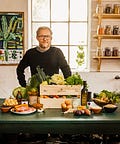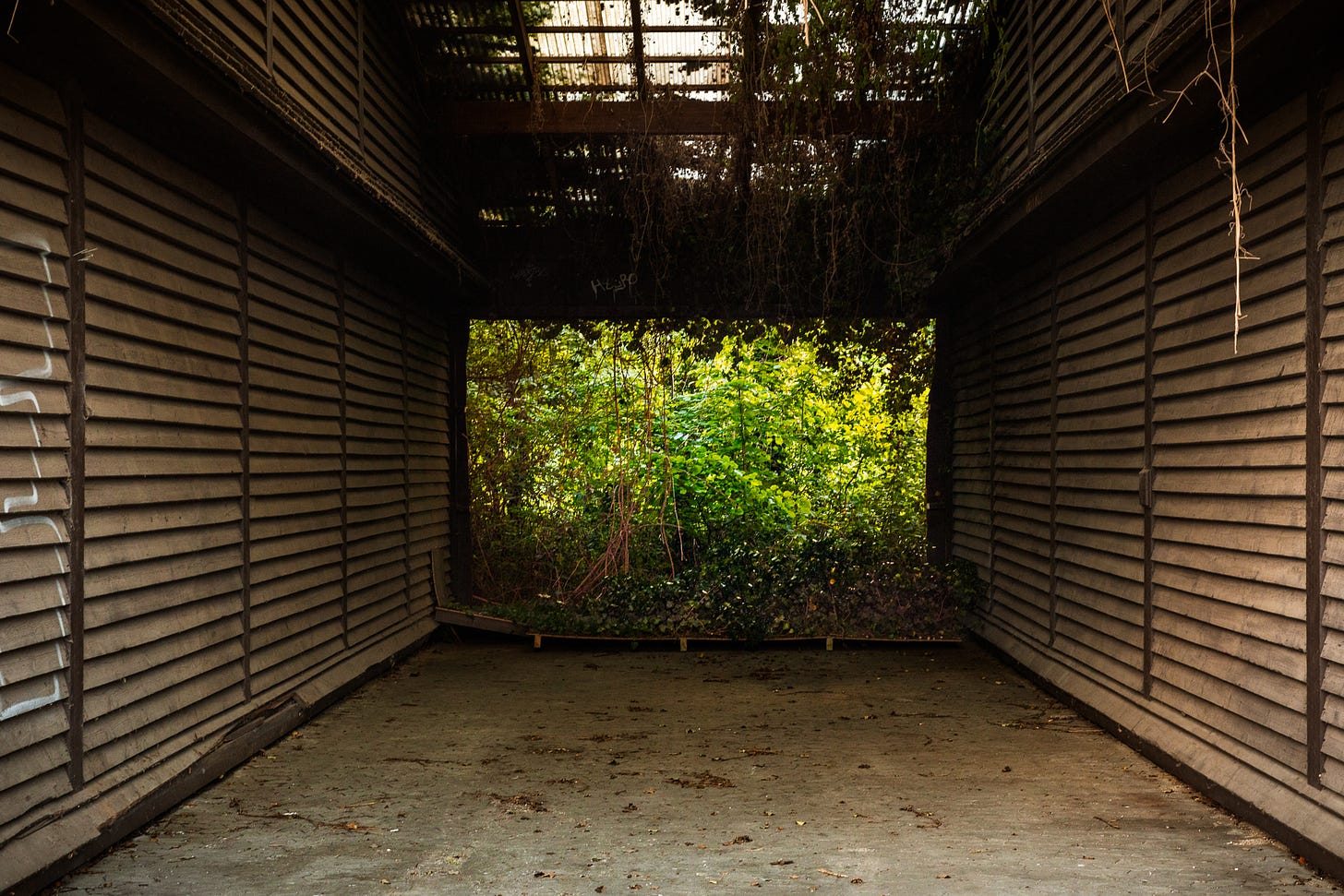It feels like grocery delivery services and subscription meal boxes are everywhere these days. But it's actually not that new of a trend. Aarstiderne was one of the first to enter the space over 20 years ago. Today, they supply around 80,000 households in Denmark and 10,000 in Sweden with organic groceries. Their goal is to help more families make green food choices. Join me and the Co-Founder of Aarstiderne Søren Ejlersen as we dive into the highs and low of their startup journey and the philosophy behind their universe of good food ventures.
Related Links
🛒 How supermarkets are preparing for the future of food
🌆 Ellen MacArthur Foundation on building circular food cities
👩💼 More founder interviews and startup stories
❓About the Nordic FoodTech Podcast
Episode Transcript
Analisa Winther, Nordic FoodTech Podcast Host 02:20
Welcome to the Nordic food tech podcast we are sitting in what I guess can just be described as an old attic of a barn warehouse with – yeah, a very interesting setup. But we're at BaneGaarden, which is a relatively new project. So can you just give us a sense of place and where we are right now?
Søren Ejlersen, Aarstiderne 2:45
we are at the first floor in one of the nine wooden barns. They were built in 1908 with the purpose of drying wood for DSB, the Danish Railway Company. And out of the booth they built his railway wagons. So it was another time in 1908. They were abandoned in 1950, I think, and then we found them five years ago. So, nearly 70 years of abandoned place. They were really suffering but with aesthetic beauty. So we took over and I handled them, renovating them sustainably.
Analisa Winther, Nordic FoodTech Podcast Host 3:27
And when you talk about aesthetic beauty, like to get in here, I had to go through an old tunnel that's like full of graffiti. And then you just walk out into this barn here, which is like a children's playground kind of thing for kids. But it's also a natural bee path and you told me that you have all kinds of kids coming here. And then behind that, you have this - It doesn't feel Danish, it's like German. You said French architecture but to me, I describe it as it looks a little bit like the Wild Wild West like you've just come to a whole different planet in its own right.
Søren Ejlersen, Aarstiderne 3:55
Or Japan. This could be a Japanese temple, I think. But then it's kind of an education, we see it as a planet, 1.6 hectares with bees, compost systems, chickens, and vegetable leftovers from the farm shop and restaurant that are either being composted or given to the chickens so that they will give nutrition to the farmlands, the wilderness, and they will also give back in return. So these circular systems, we try to describe them for anybody that comes here.
Analisa Winther, Nordic FoodTech Podcast Host 4:30
It's really beautiful. And if you hear children playing in the background, that's part of the plan. And we're very much immersed in it right now. And like you said, it's a lot. How can you be stewards of this part of the city that was kind of forgotten about and is now going to be more developed, but in a way that's not rewilding, but actually just making sure that what's here can stay and we don't lose that?
Søren Ejlersen, Aarstiderne 4:49
One point six hectares of total wilderness, wild trees that are ancient and lots of different spices. It's very rare that you see that in the absolute center of the capital here in Copenhagen. So I really thought that that was sacred and need to take care of that. So it's not rewilding, it's taking care of the wilderness that was already there.
Analisa Winther, Nordic FoodTech Podcast Host 5:11
I agree. It's amazing. And I want to now go back to the beginning of the story because BaneGaarden is one thing, but that's almost, let's call it the most recent history. Maybe just start a little bit more with a background of who you are, and who you were before 1999 when Aarstiderne got started.
Photo of BaneGaarden before they remodeled it.
Søren Ejlersen, Aarstiderne 5:28
Yeah. I'm a chef. Very early, 18 years old, I was trained as a chef and I met some very skilled restaurateurs that showed me the green path. So serving vegetarian seven-cost dishes back in the mid-80s was really something special. And I'm very happy and lucky to get on that track at that time. Later on, I managed different restaurants inside Copenhagen in the Seville area, south of Spain and other places. Moved to the countryside, actually, one-day back, start in 1994 and had a restaurant out there in the countryside. It was like a wow experience compared to being a restaurateur in the center of Copenhagen.
Analisa Winther, Nordic FoodTech Podcast Host 6:19
Yeah, and back then the food scene in Copenhagen must have been so different from what is now with all the top Michelin star restaurants.



